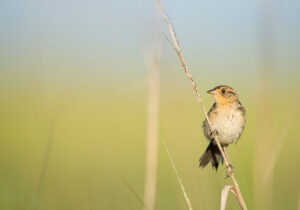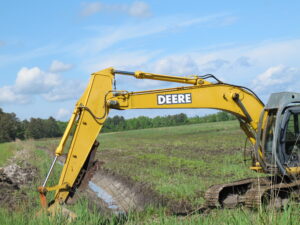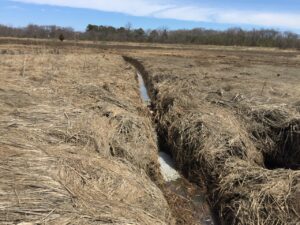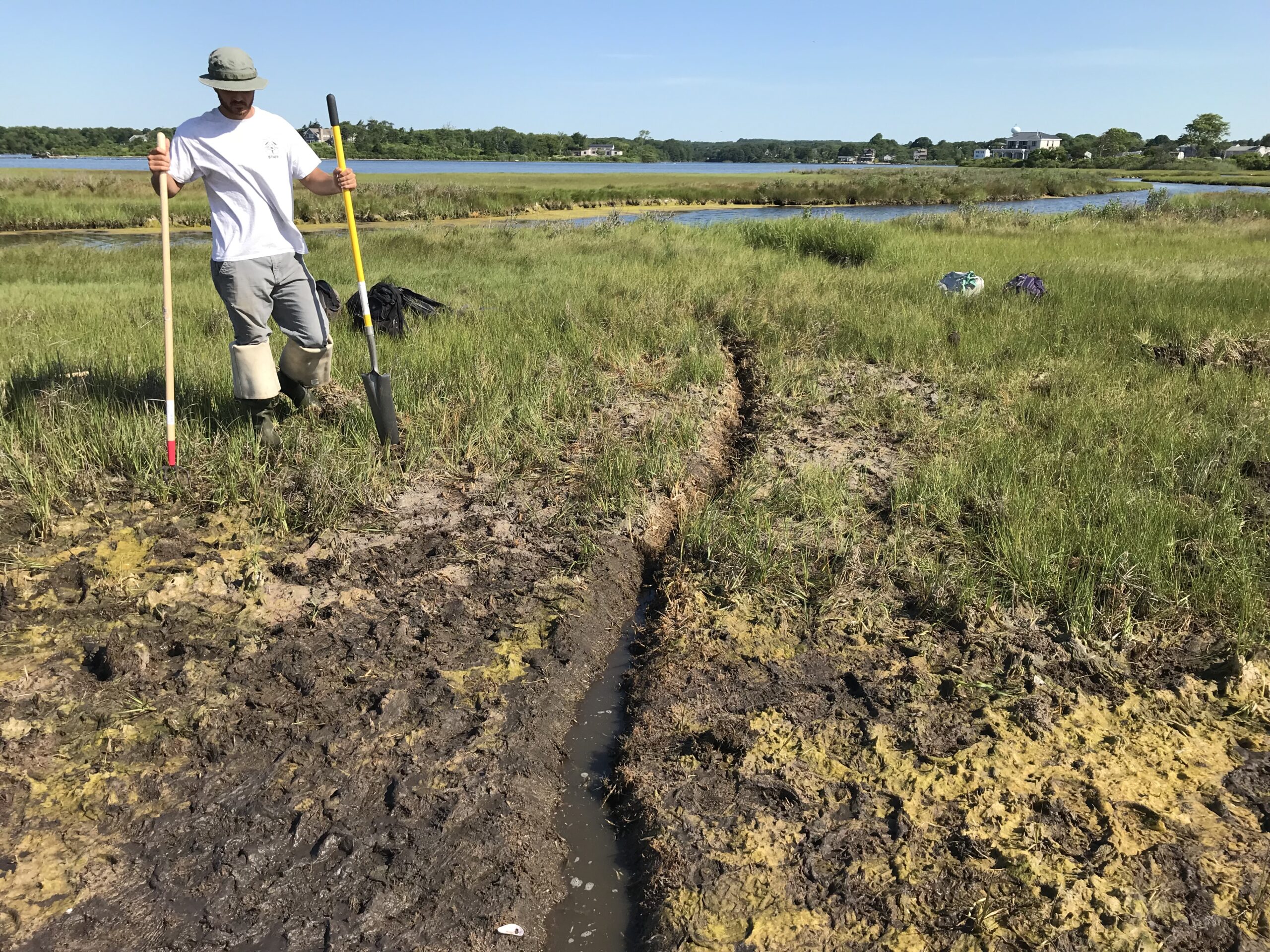The goal of Joint Venture planning efforts is to inform and catalyze conservation on the ground. With our partners, we are actively pursuing opportunities to accelerate implementation projects that address the highest priority plan objectives at a regional scale. Over the past year, our plans have helped to bring in several large grants. The past two fiscal years have been incredibly successful years for ACJV partners!
U.S. Fish and Wildlife Service Grants: North American Wetland Conservation Program and Coastal Wetland Grant Programs
In each of the last two fiscal years (FY19 & FY20) partners received 12 Standard ($1M) grants (24 total) and 9 Small ($100k) NAWCA grants (18 total), totaling $24.7M , which conserved: 173,112 acres. These grants leveraged $95.3M in matching (and non-match) funds.
In FY19 and FY20, twenty National Coastal Wetland Conservation Grants were awarded in the ACJV, totaling $14.4M. Total project costs (including match) were and $37.5M, which resulted in the conservation of 12,736 acres.
Stories from Massachusetts, Georgia, and Virginia highlight impressive conservation projects that span the ACJV area.
- Innovative Salt Marsh Restoration Project Launched in the Great Marsh of Massachusetts
- Georgia Partnerships Conserves over 26,000 Coastal Acres for Priority Species
- Eastern Shore of Virginia Sees Largest Land Protection in a Generation

NAWCA and Coast Grant Accomplishments in Fiscal Year 2019 & 2020
Competitive State Wildlife Grants

Saltmarsh Sparrow. Ray Hennessy, rayhennessy.com
Connecticut Department of Energy and Environmental Protection successfully submitted a proposal to test several of the promising management actions laid out in the Salt Marsh Bird and Saltmarsh Sparrow Plans to improve high marsh habitat for Saltmarsh Sparrows. This million dollar grant will cover projects in CT, ME, MA, RI, MD and VA. Collectively the projects will restore or enhance more than 1,600 acres of salt marsh by 2025, 77% of which is high marsh.
Maryland Department of Natural Resources successfully submitted a $250,000 proposal to restore Black Rail habitat at the Easton Wastewater Treatment Plant and nearby wetlands. The treatment plant once hosted at least eight calling Black Rails in a single breeding season. However, the habitat conditions were not maintained after the facility upgraded in 2007. The site remains one of the most promising locations to restore Black Rail habitat on the east coast. An additional 32 acres of wetlands in a county park will also be enhanced to provide Black Rail habitat. This area lies just six miles from Eastern Neck NWR, where Black Rails were found in 2019.
Natural Resource Conservation Services (NRCS) Conservation Effects Assessment Program (CEAP)
The JV was awarded an NRCS CEAP proposal to fund critical monitoring work that will support conservation of Saltmarsh Sparrows and Black Rails. The funds will support three separate 5-year projects:
-

Excavator maintaining a ditch for Black Rail in a freshwater impoundment. USFWS/John Stanton
Complete validation of the Saltmarsh Sparrow Rapid Demographic Tool developed by the Saltmarsh Habitat and Avian Research Program. This tool will allow land managers to more quickly evaluate reproductive success to determine whether a given salt marsh is supporting population growth – a key to determining success in achieving our population objective.
- Evaluation of more than 25 runneling and ditch remediation projects in the Northeast. Funding will allow us to determine how well these techniques work to restore marsh resiliency in a variety of marshes so they can be scaled up.
- Assessment and creation of Black Rail habitat in non-tidal lands. It is increasingly clear that the future of Black Rails will depend on non-tidal habitats but we do not yet have a prescription for how to create or manage such habitats. This project will begin to develop and test management techniques that can be applied to farm and other open land in Florida and, ultimately, throughout the Black Rail range.
Superstorm Sandy Funding
Reallocated funds from Superstorm Sandy were used to support two important salt marsh conservation projects:
-

Runnel project at Parker River NWR to promote Spartina patens growth. USFWS/Nancy Pau
Restore up to 99 acres of degraded salt marsh at Parker River NWR through ditch plug removal and runneling work that will restore more normal tidal hydrology.
- Restore natural hydrology and tidal flushing to Sluice Creek Marsh in southeastern CT through construction of a new tidal channel that will bypass a set of leaky tide gates. Excavated material will be used to increase marsh height in the surrounding marsh.




